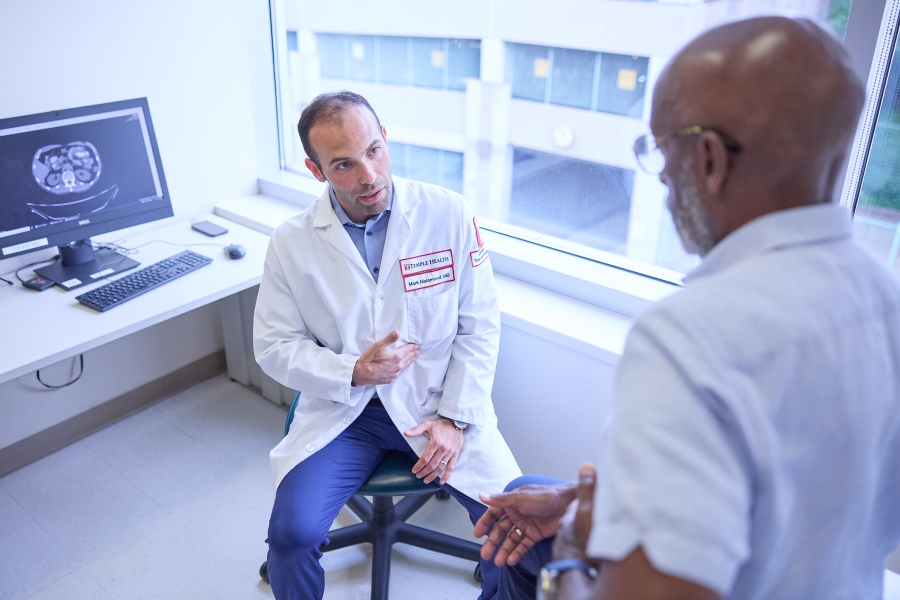Baseball is a popular youth sport in the United States and around the world. Approximately 5 million children ages 6 to 17 years old participate in organized youth baseball.
Little League International is an organization formed in 1939. Little league encourages community involvement in the game of baseball in a safe and rewarding way. Little League has been at the forefront of prevention of throwing injuries in young throwers around the world.
Currently, with the help of medical professionals, standards have been set for pitch count and the number of days rest in relationship to the young throwing athlete. The goal of pitch counts, monitoring and required days rest is to prevent injuries.
With baseball season comes peanuts, cracker jacks and unfortunately injuries. From the Little League level to professional baseball, medical providers continue to feverishly research in order to prevent injuries. Recently, success has come due to diligent efforts in the medical world. Let me discuss one of those injuries that has shown to be effective by following simple steps in our developing athletes … Little League elbow.
What Is Little League Elbow?
Little League elbow, also known as medial epicondylar apophysitis, is an irritation and traction at the growth plate (apophysis) of the medial portion of the elbow (epicondyle). It is caused due to secondary valgus overload and stress to the medial (inside) elbow from overuse. Coined in 1960, the description demonstrates separation and fragmentation of the medial epicondylar apophysis in the elbows of little league pitchers which can be seen on x-rays.
Apophysitis is an umbrella term for any growth plate pathology secondary to overuse.
How Is Little League Elbow Diagnosed?
Detailed history and physical exam focuses on growth and maturation in relationship to the elbow. Players may also complain of diminished speed and/or control. Pain on the medial aspect of the elbow is the most common complaint.
On physical exam, utilize comparisons of each elbow range of motion, strength, swelling and laxity. The exam commonly reveals tenderness over the medial epicondyle. The patient may also have visible swelling. Resisted wrist flexion may cause pain at the medial epicondyle.
How Is Little League Elbow Treated?
Treatment initially will start with rest and ice for 4-6 weeks. One will decrease activity in order to modify activities. One may consider position change in baseball. When pain free stretching and strengthening may be started. Gradual return to throwing programs in 6-8 weeks.
Surgery can be an option if indicated. Like many decisions this can be controversial and patient dependent, but in certain cases necessary for a successful outcome.
How Can Little League Elbow Be Prevented?
Knowledge is the key. Awareness can be a tool to save a young arm and a potential career.
Little League rules currently regulate pitch count using the following rules:
| Age | Pitch Limit Per Day | |
|---|---|---|
| 13 - 16 | 95 | |
| 11 - 12 | 85 | |
| 9 - 10 | 75 | |
| 7 - 8 | 50 |
Rest days are also regulated based on pitch count. More information can be found on littleleague.org and www.stopsportsinjuries.org.
Research shows that sport specialization is a risk factor for athlete burnout. Encouraging young athletes to play diverse sports may increase their level of play in other sports and protect against injuries.
The information on this Site is for informational purposes only and is not intended as a substitute for medical professional help, advice, diagnosis or treatment. Always seek the advice of your physician or other qualified health care provider with any questions that you have regarding your medical care. For more information, see our Terms of Use.
